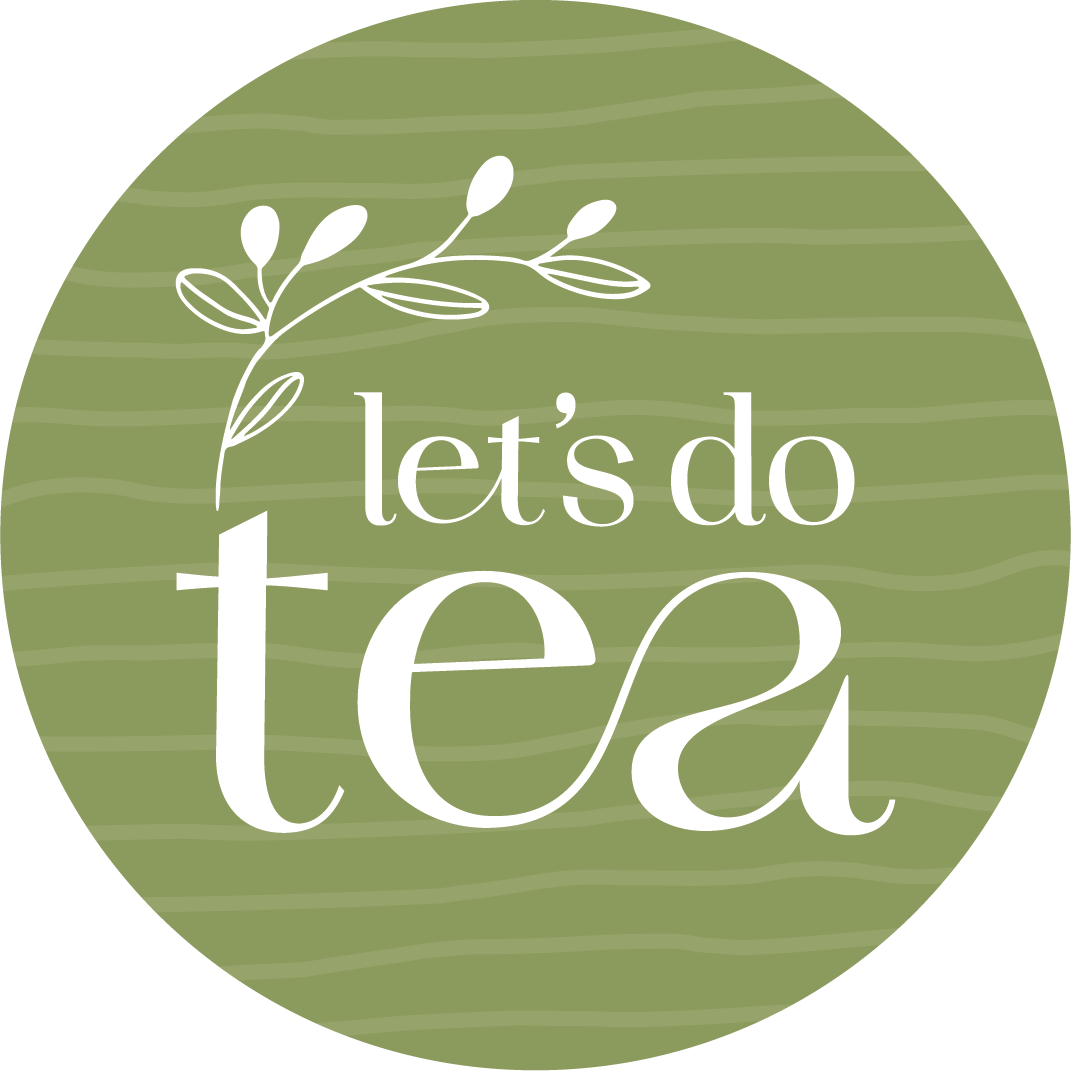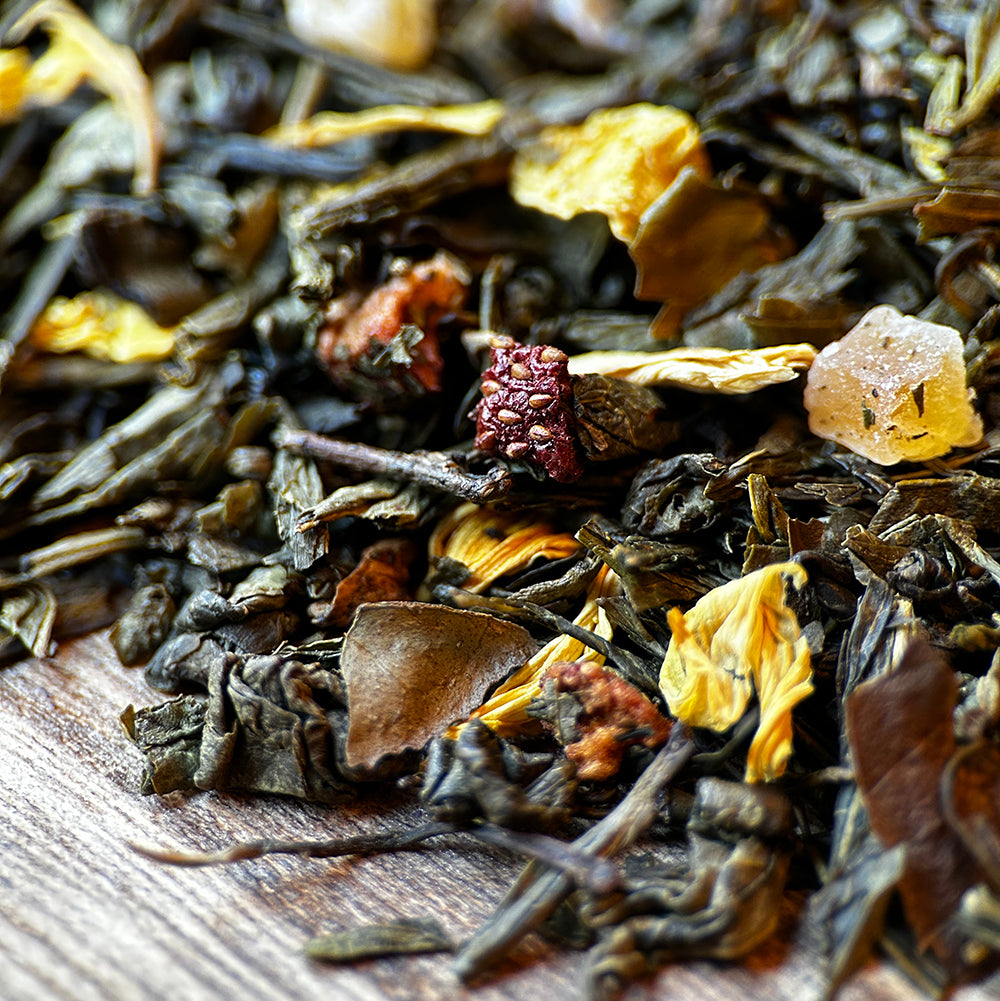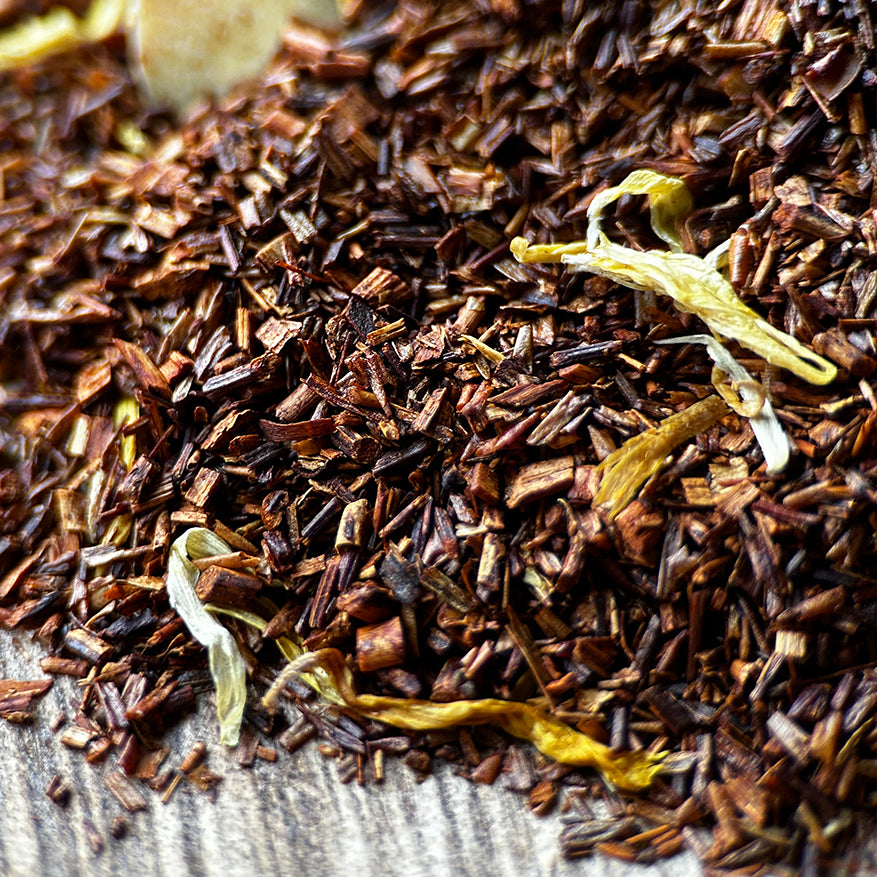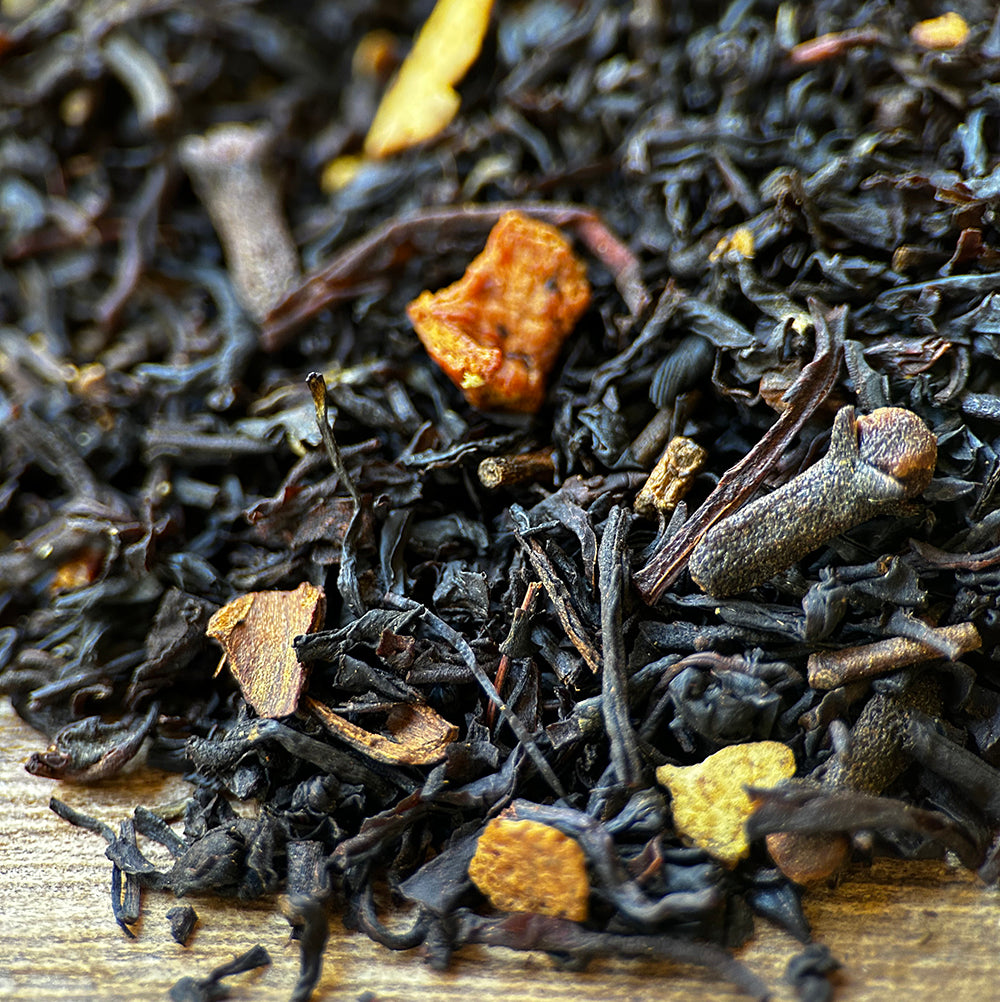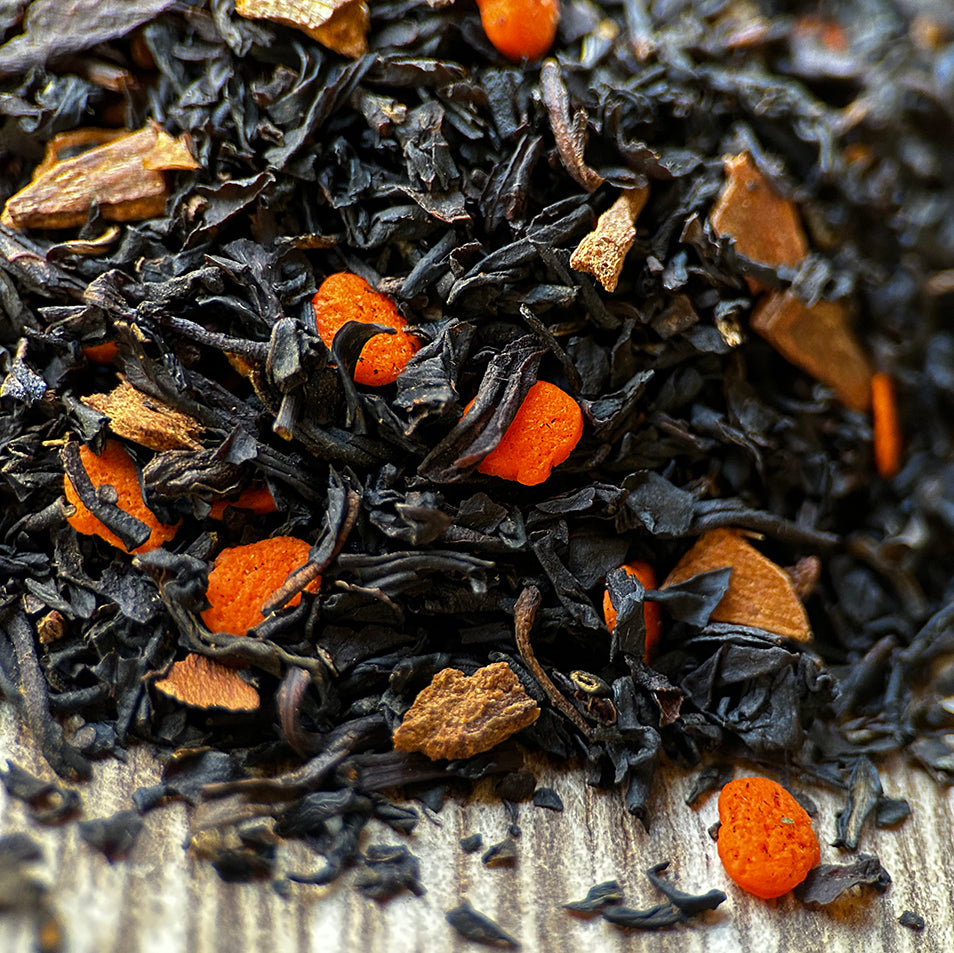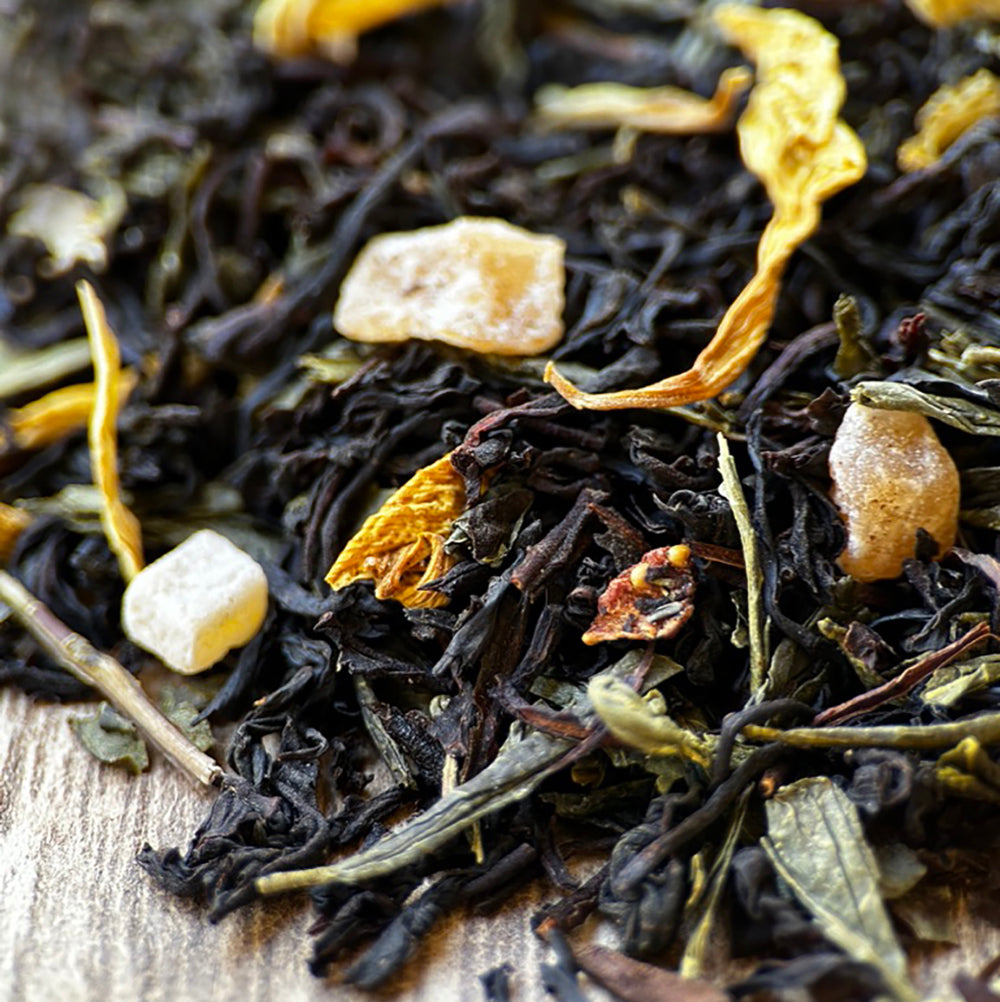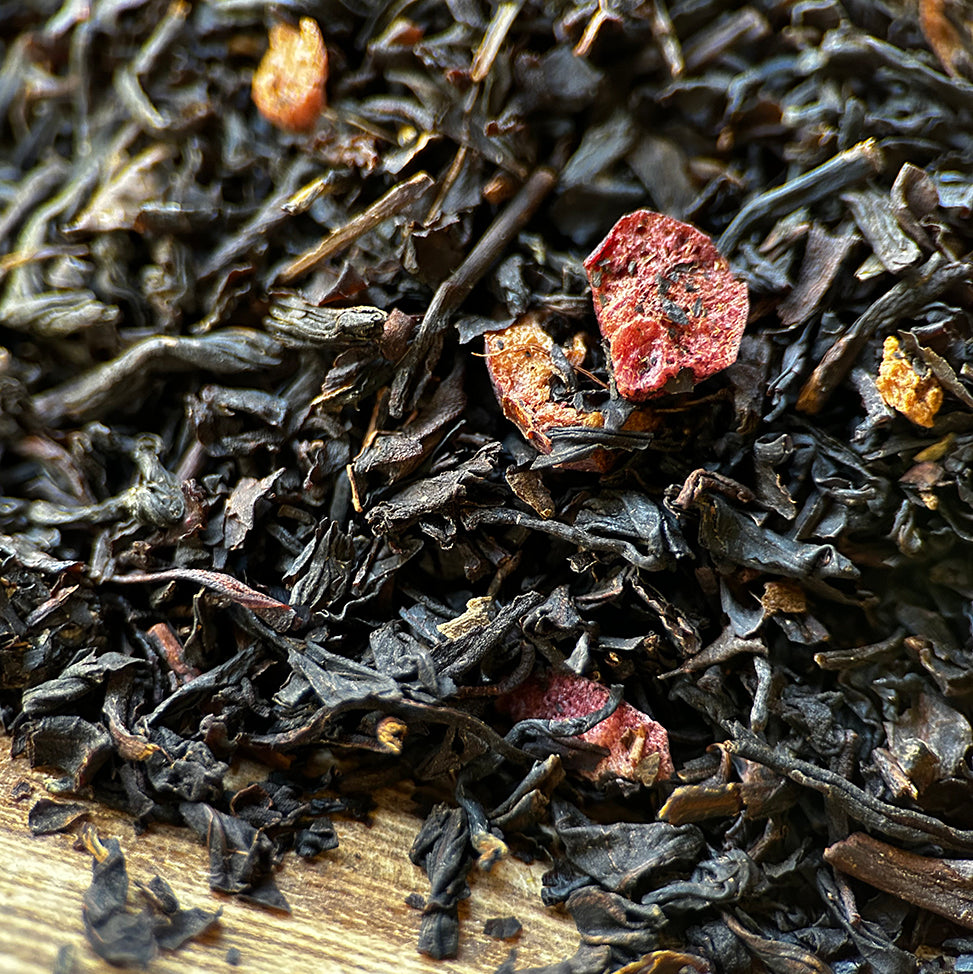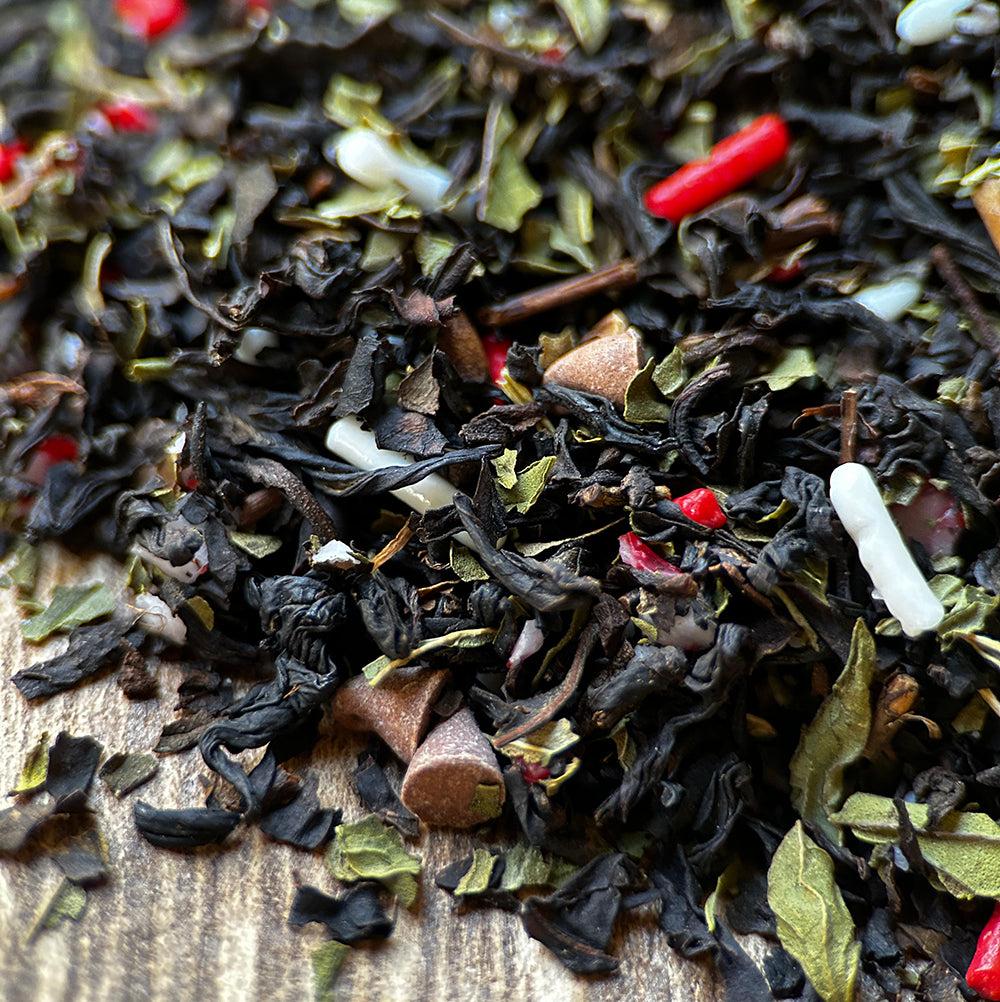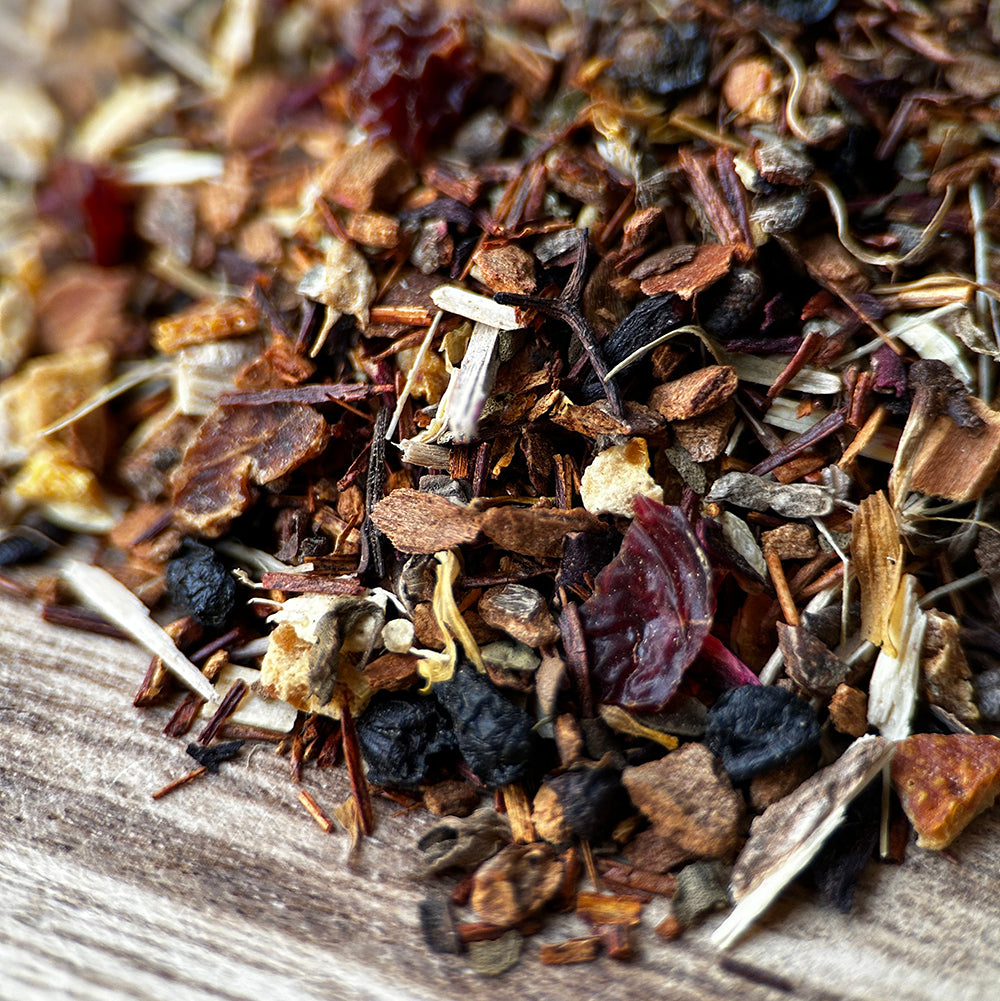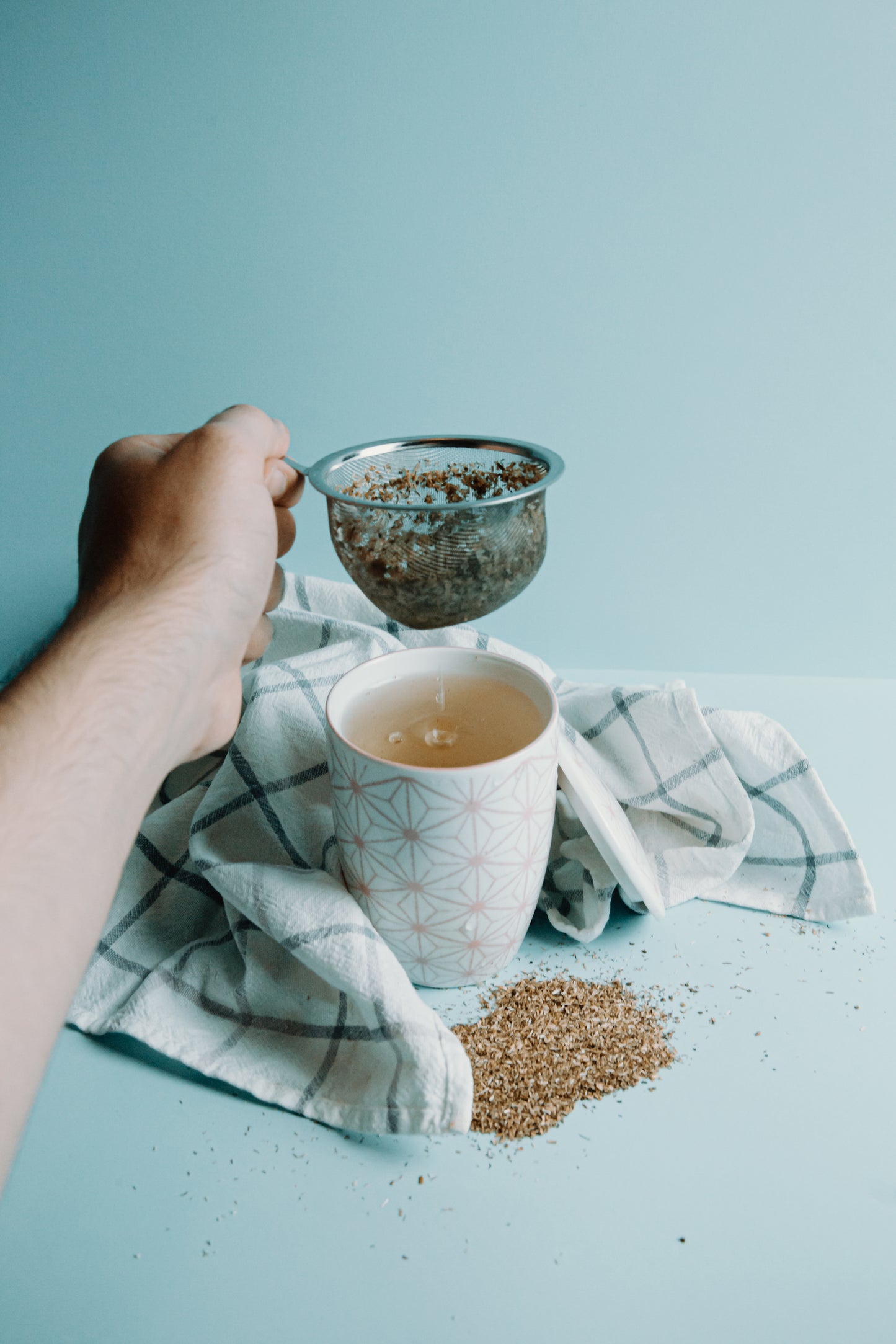

HOW TO BREW LOOSE LEAF TEA
Brewing the perfect cup of loose leaf tea requires a few key steps to ensure that the tea leaves are properly steeped and the flavors and aromas are fully developed. By following these steps, you can enjoy a delicious and flavorful cup of tea every time.
- Start with fresh, cold water. The quality of the water can impact the taste of your tea, so use filtered water if possible.
- Bring the water to the appropriate temperature for your type of tea. Different teas require different water temperatures to properly steep. This step is very important (see 'Beyond the Basics' below).
- Measure the loose leaf tea. Generally, one teaspoon of tea leaves per 8 ounces of water is a good guideline, but you can adjust according to your preferences.
- Place the tea into an infuser and set the infuser in a cup or teapot.
- Pour the hot water slowly over the tea leaves, making sure they are fully saturated.
- Steep the tea for the appropriate amount of time. Be aware that oversteeping can result in a bitter taste!
- Remove the tea strainer or infuser and discard the leaves or set them aside for later use (some teas can be steeped multiple times).
- If desired, add sweetener or milk according to your preferences, then enjoy your perfectly brewed cup of tea!
Water Temperature & Steeping TIMES
Black Tea / 208°F / 3-5 minutes
Black & Green Tea / 203°F / 3-5 minutes
Green Tea / 175°F / 2-3 minutes
White Tea / 180°F / 2-3 minutes
Oolong Tea / 190°F / 3-4 minutes
Rooibos / 208°F / 3-5 minutes
Herb & Fruit / 208°F / 5-7 minutes
Herbal / 208°F / 4-6 minutes
Maté / 203°F / 3-5 minutes
These are general guidelines. The perfect water temperature for some teas may vary.
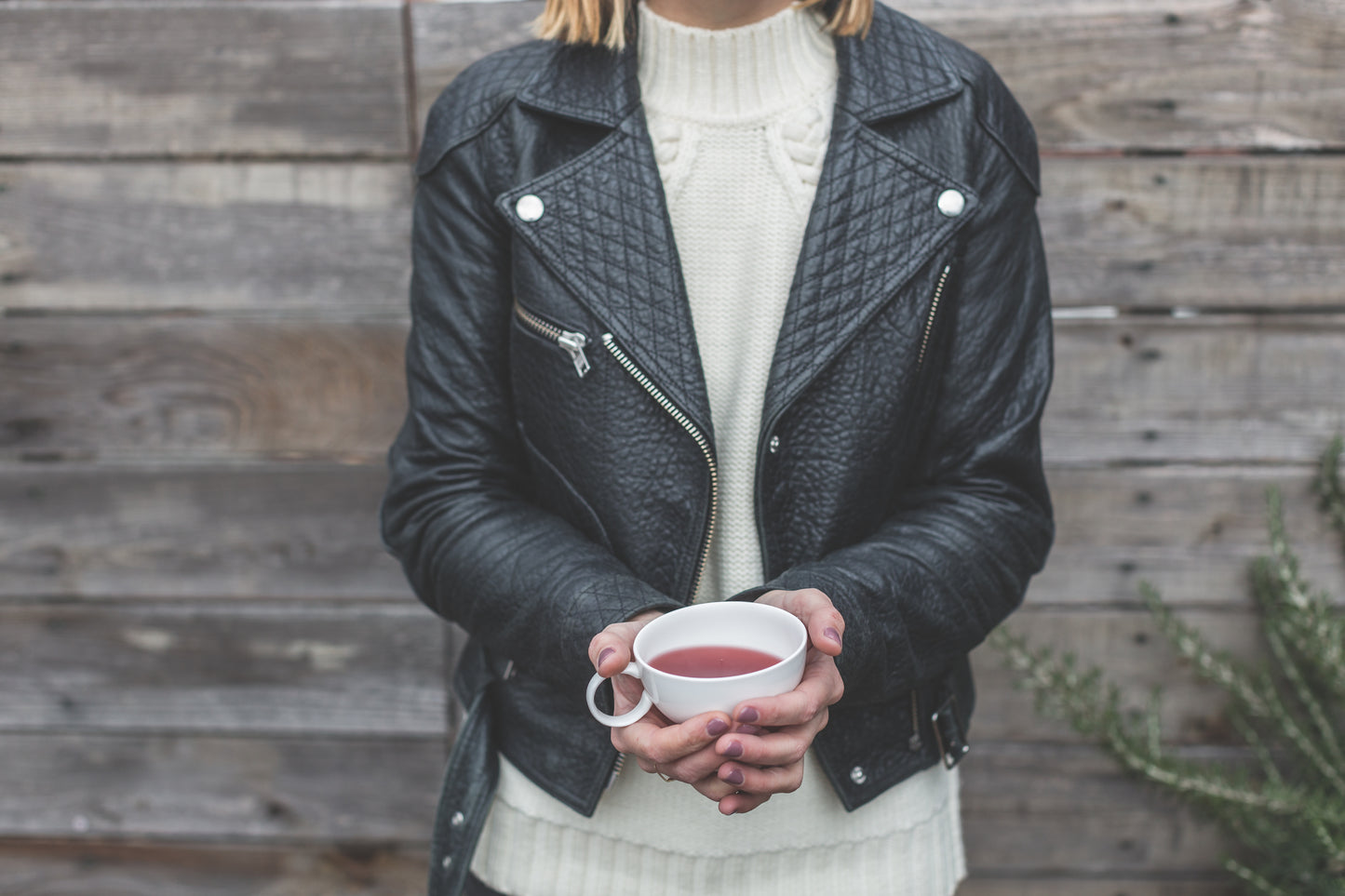
BEYOND THE BASICS
Water Temperature
When you use water that is too hot you can burn the tea, meaning the hot water has over extracted the tannins and the tea becomes bitter and astringent. This also prevents the tea from delivering its full health benefits to you. When you use water that is too cold, you will often under extract the tannins, and your tea will lack its full flavor and character it is meant to deliver.
We suggest an electric tea kettle with temperature settings but you do not have to spend a lot of money to get the right temperature. A meat thermometer, for example, is a cost effective way to measure the temperature of your water.
Alternatively, you can bring water to a boil. In general, black, rooibos, and herbal teas can tolerate a full boil (212°F). For oolong tea, let the boiling water cool for 1 minute (190°F) before pouring it over your tea leaves. For green and white teas, let the water cool approximately 2 minutes (175°F) before pouring.
Steeping Your Tea
To avoid a bitter taste, never allow your tea to steep beyond the recommended times. For a stronger cup of tea, add more tea leaves rather than increasing the steeping time.
Warm your teapot
While the water for your tea is heating, fill your teapot with hot tap water to temper, or preheat, it. Discard this water once your teapot is warm.
Many high-quality loose leaf teas can be infused multiple times. Follow the recommended steeping times and increase slightly with each subsequent infusion.
Many high-quality loose leaf teas can be infused multiple times. Follow the recommended steeping times and increase slightly with each subsequent infusion.
Store tea in an airtight container away from light, moisture, and strong odors. Keep it in a cool, dark place to maintain freshness.
Store tea in an airtight container away from light, moisture, and strong odors. Keep it in a cool, dark place to maintain freshness.
It's advisable to cover your tea while steeping to retain heat and aroma. Use a lid or saucer if your teapot or cup doesn't come with a built-in cover.
It's advisable to cover your tea while steeping to retain heat and aroma. Use a lid or saucer if your teapot or cup doesn't come with a built-in cover.
While it's not necessary, using an infuser or filter can make it easier to brew loose leaf tea and prevent leaves from floating in your cup. Some teas are best brewed without an infuser, such as those that need room to expand, like blooming teas.
While it's not necessary, using an infuser or filter can make it easier to brew loose leaf tea and prevent leaves from floating in your cup. Some teas are best brewed without an infuser, such as those that need room to expand, like blooming teas.
Rinsing tea leaves is common for some varieties like Pu-erh to remove dust and open the leaves. It's not typically done with most other teas.
Rinsing tea leaves is common for some varieties like Pu-erh to remove dust and open the leaves. It's not typically done with most other teas.
Reheating or microwaving tea can affect its flavor and aroma. It's best to brew a fresh cup, but if needed, do so gently to avoid bitterness.
Reheating or microwaving tea can affect its flavor and aroma. It's best to brew a fresh cup, but if needed, do so gently to avoid bitterness.
Yes, used tea leaves are great for composting. They add nutrients and help balance the acidity in your compost pile.
Yes, used tea leaves are great for composting. They add nutrients and help balance the acidity in your compost pile.
